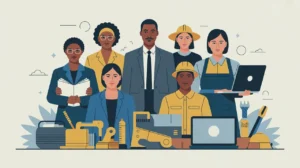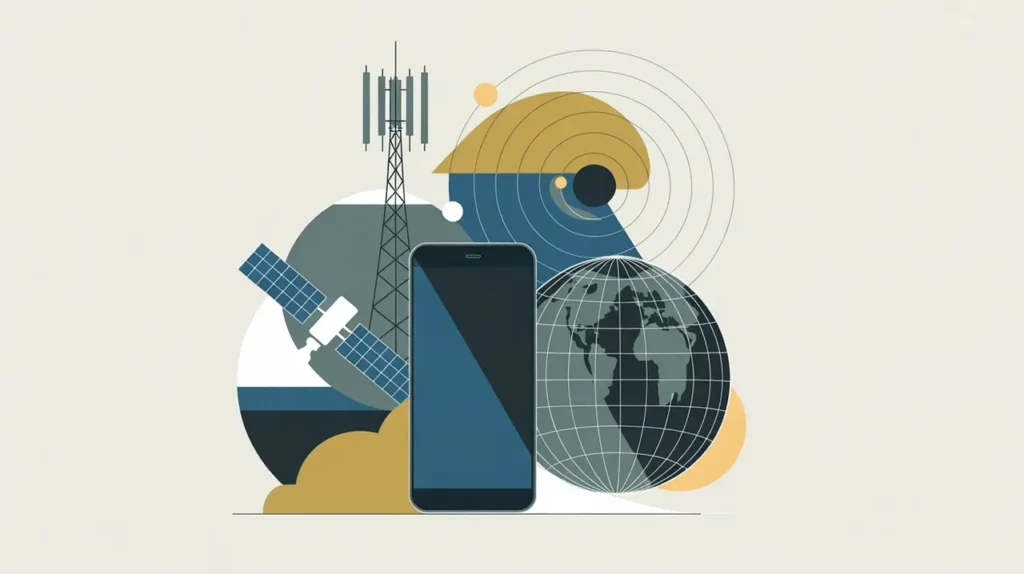Importance of Broadcasting
Broadcasting is a cornerstone of mass communication, shaping how information, culture, and narratives reach wide audiences. In international development, it plays a vital role in education, public health messaging, governance transparency, and civic engagement. For nonprofits and social innovators, broadcasting provides a platform to amplify proximate voices, challenge misinformation, and mobilize support for social causes. Its importance lies in its ability to bridge distances and connect communities across regions and languages.
Definition and Features
Broadcasting refers to the transmission of audio or visual content to a dispersed audience through radio, television, or digital channels. Its defining features include:
- Mass Reach: the ability to disseminate information to large and diverse populations simultaneously.
- Accessibility: radio and television remain accessible in rural and low-resource settings.
- Regulation: subject to licensing, spectrum management, and content standards.
- Content Diversity: spanning news, education, entertainment, and public service announcements.
How this Works in Practice
In practice, broadcasting serves as both a public and private good. Radio programs deliver agricultural tips to smallholder farmers, health broadcasts promote vaccination campaigns, and televised debates enhance democratic participation. Development organizations often partner with broadcasters to reach populations that lack internet connectivity. Community radio stations provide platforms for local voices, while digital streaming expands reach across borders. However, challenges such as government censorship, propaganda, and limited representation of marginalized groups remain persistent barriers.
Implications for Social Innovation
Broadcasting has far-reaching implications for social innovation. It enables proximate actors to shape narratives, influence behaviors, and connect with global movements. By integrating traditional broadcasting with digital platforms, social innovators can expand participation and counter disinformation. Equitable access to broadcasting resources strengthens democratic accountability and ensures that diverse communities are heard. As the media landscape evolves, broadcasting remains a powerful tool for visibility, advocacy, and systemic change when used responsibly and inclusively.







